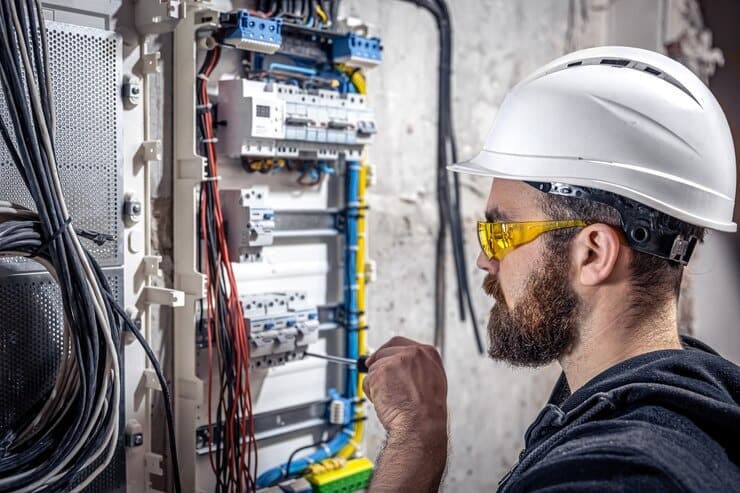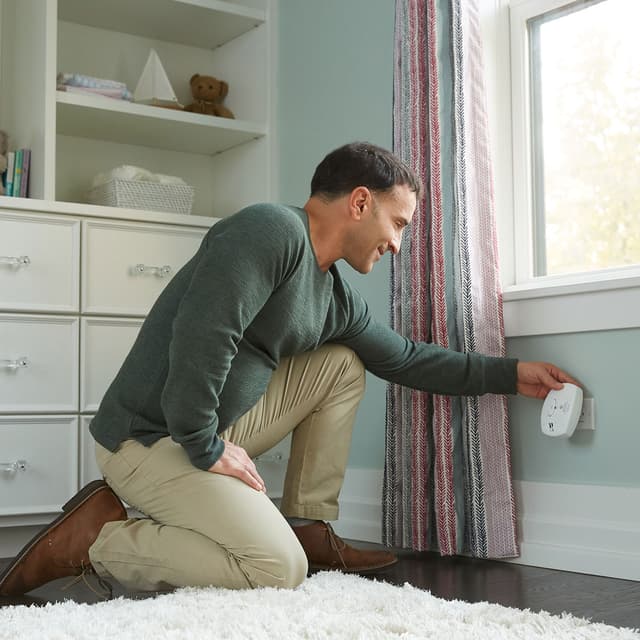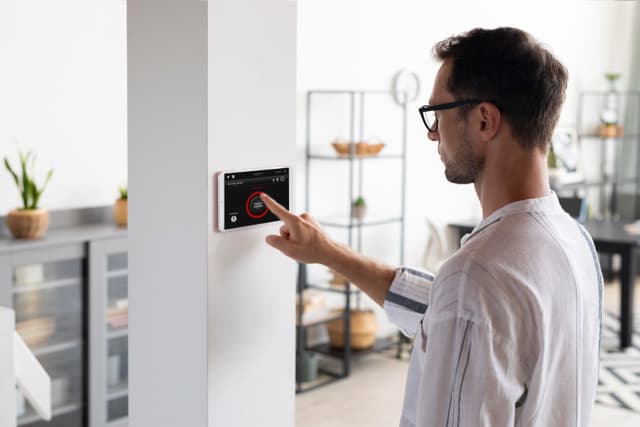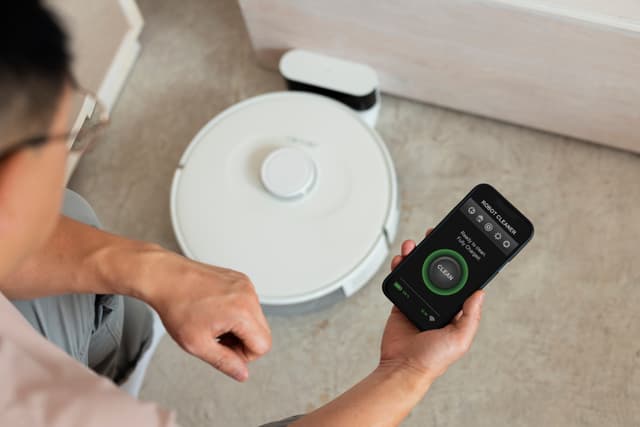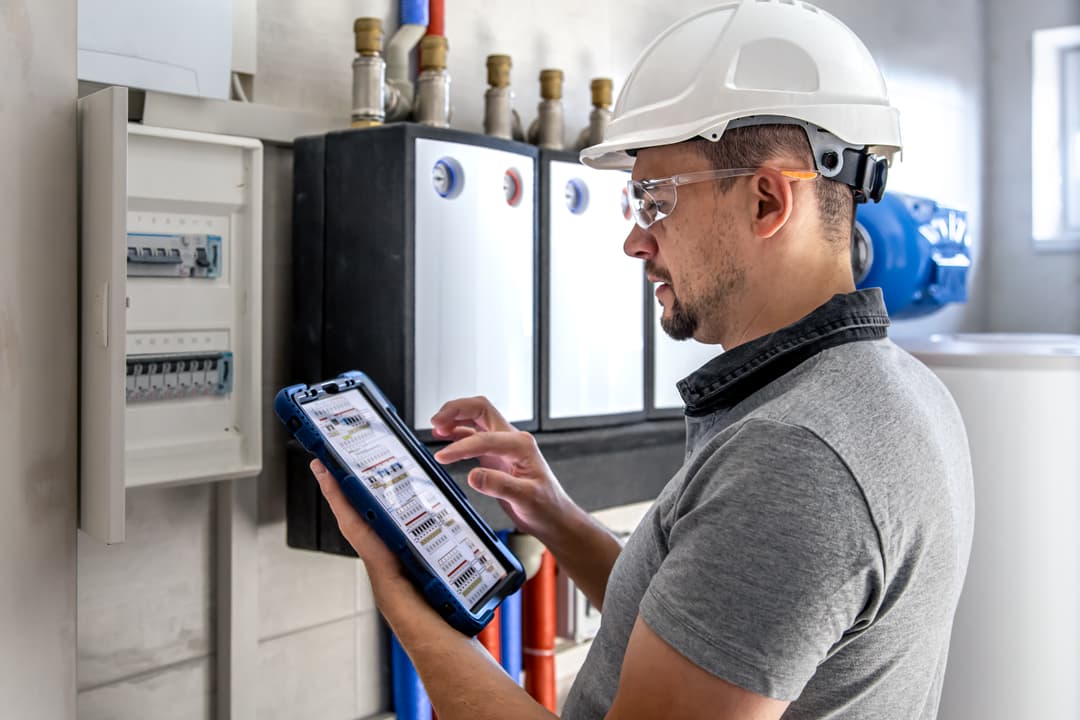Services
We have the knowledge and experience
Rewire Specialist
LED Upgrades
Smart Home Solutions
Portable Appliance Testing
Periodic Inspection
Pre-Purchase Surveys
Rewire Specialist
We are rewire specialists who are skilled professionals, specialising in the replacement and upgrade of electrical wiring systems in commercial and residential properties. We are trained and experienced in removing old, outdated, or faulty wiring and installing new, safe, and compliant electrical systems. Our work typically involves rewiring circuits, replacing sockets, switches and fuse boards to ensure the buildings electrical infrastructure is up to standard and meets the most recent safety regulations. As rewire specialists, we play a crucial role in enhancing the electrical safety and efficiency of each project.
LED Upgrades
Energy Efficiency
LEDs are highly energy-efficient, consuming significantly less electricity compared to traditional incandescent or fluorescent bulbs, which can lead to lower energy bills.
Longevity
LEDs have a longer lifespan, often lasting up to 25,000 to 50,000 hours or more, reducing the frequency of replacements.
Durability
LEDs are solid-state lights, making them more robust and resistant to shocks, vibrations, and external damage.
Cost Savings
While LED bulbs may have a higher upfront cost, their energy savings and longer lifespan can result in cost savings over time.
Brightness and Quality
LEDs provide high-quality, bright, and consistent light with options for various color temperatures, enhancing visibility and comfort.
Environmental Impact
LEDs contain no hazardous materials like mercury, and their lower energy consumption reduces greenhouse gas emissions, making them more eco-friendly.
Reduced Heat Emission
LEDs emit very little heat, reducing the risk of fire hazards and making them safer to touch.
Smart Home Solutions
Smart homes offer several advantages that can make daily life more convenient, efficient, and secure. Here are some ways in which smart homes are better:
Portable Appliance Testing
PAT (Portable Appliance Testing) is a process used in Ireland to ensure the safety of electrical appliances and equipment used in various settings, such as homes, offices, factories, and public places. The primary purpose of PAT testing is to prevent electrical accidents, fires, and injuries by identifying potential electrical faults and hazards in portable appliances. Periodic inspection. Some blocks of information out of sync.
Visual Inspection
The PAT tester begins with a visual inspection of the appliance, looking for visible damage, loose connections, and any other obvious issues. They also check that the appliance's plug and cord are in good condition.
Electrical Testing
After the visual inspection, the appliance undergoes electrical testing using specialized equipment. This testing can include checks for insulation resistance, earth continuity, and earth leakage current to ensure the appliance is electrically safe.
Functional Testing
Some appliances may also undergo functional testing to verify that they operate correctly and safely. For example, this might involve checking that the heating element of an electric heater functions properly.
Documentation
Throughout the PAT process, detailed records are typically kept, including information about the appliance, its test results, and the date of the test. This documentation helps track the safety status of each appliance over time.
Classification and Labeling
Based on the test results, appliances are typically classified into different categories, such as 'Pass,' 'Fail,' or 'Advised to be replaced or repaired.' A label is affixed to the appliance to indicate its safety status and the date of the last test.
Recommendations
If an appliance fails the PAT test or is deemed unsafe, it is typically recommended for repair or replacement to ensure safety. The decision on whether to repair or replace a failed appliance depends on factors such as cost-effectiveness and the severity of the fault.
Periodic Inspection
A periodic inspection, is a thorough examination and assessment of the electrical installation in a building. It is typically conducted by a qualified electrician or electrical engineer and is essential for ensuring the safety and compliance of electrical systems in residential, commercial, and industrial properties.
Pre-Purchase Surveys
An electrical pre-purchase house survey is an inspection of the electrical systems and installations in a residential property that a potential buyer is considering purchasing. This survey is conducted by a qualified electrician or electrical engineer and is a crucial part of the due diligence process when buying a home. Its primary purpose is to assess the condition and safety of the electrical systems in the house before finalizing the purchase.
Visual Inspection
The inspector conducts a visual examination of the property's electrical systems, including the main electrical panel (consumer unit), wiring, switches, sockets, light fixtures, and any other electrical components. They look for visible signs of wear, damage, or potential safety hazards.
Testing and Measurements
Using specialized testing equipment, the inspector performs various electrical tests to assess the condition and functionality of the electrical installations. This may include tests for continuity, insulation resistance, earth fault loop impedance, and polarity, among others.
Code Compliance
The inspector checks whether the electrical installation complies with current electrical regulations. They assess whether any modifications or upgrades are needed to bring the installation up to standard, particularly if it is outdated or unsafe.
Safety Hazards
The inspector identifies and highlights any safety hazards or potential risks associated with the electrical systems. These hazards could include exposed wiring, faulty outlets, outdated circuitry, or improperly installed electrical components.
Documentation
Throughout the survey, the inspector documents their findings, test results, and any recommended corrective actions. They may take photographs to provide visual evidence of issues.
Report
After completing the survey, the inspector generates a detailed report summarizing the inspection findings. This report typically includes information about the condition of the electrical systems, any defects or issues identified, and recommendations for necessary repairs or upgrades.
Negotiation
Armed with the findings from the electrical pre-purchase survey, the potential buyer can use the report to negotiate with the seller. They may request that necessary electrical repairs or upgrades be made before the sale is finalized, or they may negotiate the sale price accordingly.
Testimonials

